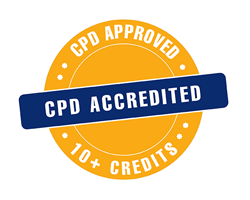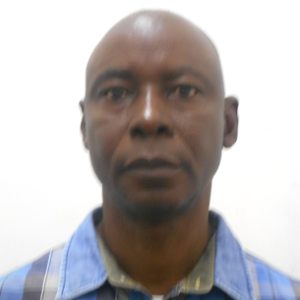Title : Assessment of water quality and its suitability for drinking purposes in streams of the Olifants River Basin, South Africa
Abstract:
Heavy metal pollution in freshwater ecosystems is a major environmental concern, and it constitutes a significant limitation to access to drinking water by humans. Mobilization of heavy metals from natural and human activities into freshwater sources may represent an important threat to human health. The Olifants River Basin in South Africa is facing severe pressure due to increasing mining and agricultural activities in the catchment. Many of the people in the area depend on the freshwater resources in the basin for drinking water and food (fish), and degradation of these water resources may pose a health risk to them. In this study, the health risk to humans from exposure to chemicals especially heavy metals in water from two rivers; the Blyde and Steelpoort rivers in the basin was assessed. Water samples were collected from the upstream, midstream and downstream of the rivers and concentrations of nine trace metal(loid)s (As, Cd, Cr, Cu, Fe, Mn, Ni, Pb, Zn) from the sites were determined using inductively coupled plasma–optical emission spectrophotometer. Furthermore, two pathways of exposure (direct ingestion and dermal absorption) from the rivers were calculated to assess the potential effects on human health. Generally, the Hazard Quotient (HQ) dermal values were lower than the HQ ingestion, showing that the pathways of direct ingestion pose more danger to human health. The metal(loid)s in the two rivers pose little risks for adults with HQ ingestion, HQ dermal, and Hazard Index (HI) were less than 1. However, in children, the HQ ingestion and HI for As and Cr in the two rivers were greater than threshold value of 1. Hence, the non-carcinogenic adverse effect is significant. Thus, HI values were higher for children than adults, suggesting that children are more sensitive to the risk of exposure to chemical pollution. Cancer risk (CR) for adults and children was also computed in relation to As, Cr, Ni and Pb levels. The CR values were all below the threshold limit except for Cr in children, indicating a possible carcinogenic risk. This study therefore recommends an effective monitoring of chemical pollution in the rivers at regular intervals and implementation of an effective plan of action to mitigate the effects of chemical pollution on the rivers and human health.
Audience take-away:
- The audience can apply this information to identify vulnerabilities within their systems or processes.
- The audience can arm themselves with insights from the human risk analysis presentation, and develop targeted risk mitigation strategies.
- They can implement measures to address specific human-related risks, such as providing training programs to improve decision-making skills, enhancing communication protocols, or redesigning processes to account for human error.
- The presentation can serve as a catalyst for fostering a culture of risk awareness within our societies.
- The presentation will educate the audience about different health hazards present in their environment, whether it's in the workplace, community, or through specific activities.
- The presentation will outline methods for assessing exposure levels to various contaminants, pollutants, or harmful agents.
- They can analyze the potential adverse health effects associated with different exposures and prioritize interventions or control measures to mitigate these risks.
- The presentation will provide guidance on implementing risk management strategies to minimize or eliminate health risks.
- Human health risk assessment often involves knowledge from various fields such as toxicology, epidemiology, environmental science, and public health. Faculty members from different disciplines can collaborate to incorporate aspects of human health risk assessment into their research or teaching.
- The presentation can highlight gaps in current research or areas where further investigation is needed within the realm of human health risk assessment.
- Faculty members can incorporate insights from the presentation into their teaching materials and curriculum.
- Addressing human health risks early in the design process can prevent costly recalls, litigation, or reputational damage associated with unsafe products .
- Designers can use the findings from human health risk assessments to develop clear and informative product labels or documentation that communicate potential risks to consumers.
- Understanding human health risks associated with certain materials, chemicals, or processes can help designers make informed decisions during the design phase of water and food processing.
- Designers can use this information to select safer alternatives or modify existing materials to reduce health risks without compromising product performance or quality.
- The presentation will offer valuable information and insights that can significantly improve the accuracy of designs by identifying potential hazards.
- Recommending risk reduction measures, optimizing material selection, ensuring regulatory compliance.
- Addressing emerging risks, and supporting evidence-based design decisions.



